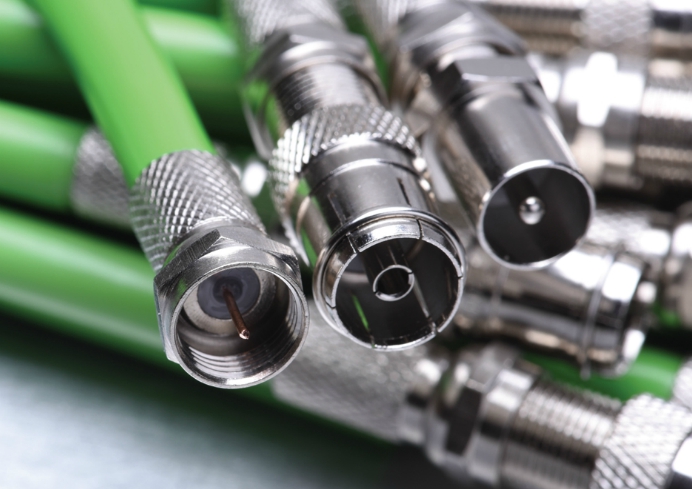
Features
Camera Corner
Opinion
The power of cable: Re-purposing existing coax may have a huge upside in terms of cost reduction
With competition in the video surveillance constantly heating up and projects often being awarded to those who offer the best price, many integrators are struggling to squeeze out the margin they need to survive.
February 23, 2017 By Colin Bodbyl

While negotiating prices with vendors and using cheaper products is the natural way to reduce costs, there are other ways to ensure you’re the lowest bid without sacrificing your margin. A more technical approach to cost cutting on projects would be to examine current infrastructure and look for opportunities to reuse existing equipment.
Many buildings were wired for large and small CCTV systems long before IP cameras or the benefits of Cat5e cabling had ever been discovered. Ironically, while most new projects utilize Cat5e or Cat6 cable, the existing coaxial cable in these buildings is usually perfectly good. Cable alone is not a high cost item, but the labour required to install it can be significant. Taking advantage of existing coaxial cable through several different technologies can drastically reduce costs and give integrators the edge they need to win.
For large enterprise systems, or even small sites where the customer is requesting IP products, coaxial cable can still be utilized. Several reputable manufacturers have invested heavily in developing reliable and cost effective IP over coaxial adapters. One misconception about the use of existing coaxial cable is that it cannot support Power over Ethernet, which has become the standard for powering IP cameras. However, that too has been solved with many higher end adapters sending both IP data and power up the coax, converting it back to Power over Ethernet at the camera.
Another advantage of using IP over coaxial technology is that it eliminates the distance restrictions associated with Ethernet over Cat5/6 cabling. Typically, a network switch would be required every 300 feet, however with IP over coaxial some adapters can transmit as far as 2,000 feet without the need for a repeater.
The other method of reusing coaxial cable is to utilize an HD over analogue solution, such as HD-TVI or HD-CVI. HD over analogue technology is to the installer no different than installing an analogue system. To the customer it’s difficult to recognize the difference between HD over analogue and megapixel IP technology since both produce impressive HD images. The current challenges surrounding HD over analogue are the limited VMS options and that it is not well suited to large installations. The majority of HD analogue products are designed for small applications with a limited camera count. For larger, enterprise installations, the VMS provided by HD analogue systems often lack the features desired for a large deployment. In addition, if an end user is requesting a top tier VMS, it is unlikely that VMS will support HD analogue cameras. One other trade-off to using HD analogue is the power requirements. Many HD analogue cameras require DC power which cannot travel long distances and requires separate power supplies (unlike Power over Ethernet).
By utilizing IP over coax adapters or HD over analogue technology, integrators can drastically reduce labour costs. There are risks associated with both technologies. In either case, the coaxial cable has to be in good condition for the system to perform as specified. In addition, as the Internet of Things pushes the world to Cat6 and fibre optic cabling, integrators may just be delaying the inevitable by reusing coax. If a system installed today reuses the old coax cables, it is unlikely those cables will be reused again in five to 10 years when the system is upgraded once more. In contrast, a system deployed today using Cat6 or fibre optic cable is future proofed, since both cables are unlikely to become obsolete anytime soon.
There is no denying that the market for video surveillance is growing more competitive every day. However, with the ever increasing number of technologies designed to layer on top of existing infrastructure, integrators can compete by using a little more ingenuity than their competition. By reducing labour costs through technology, end users can get exactly what they desire without integrators losing the margins they need to survive.
Colin Bodbyl is the director of technology for UCIT Online (www.ucitonline.com).
Print this page